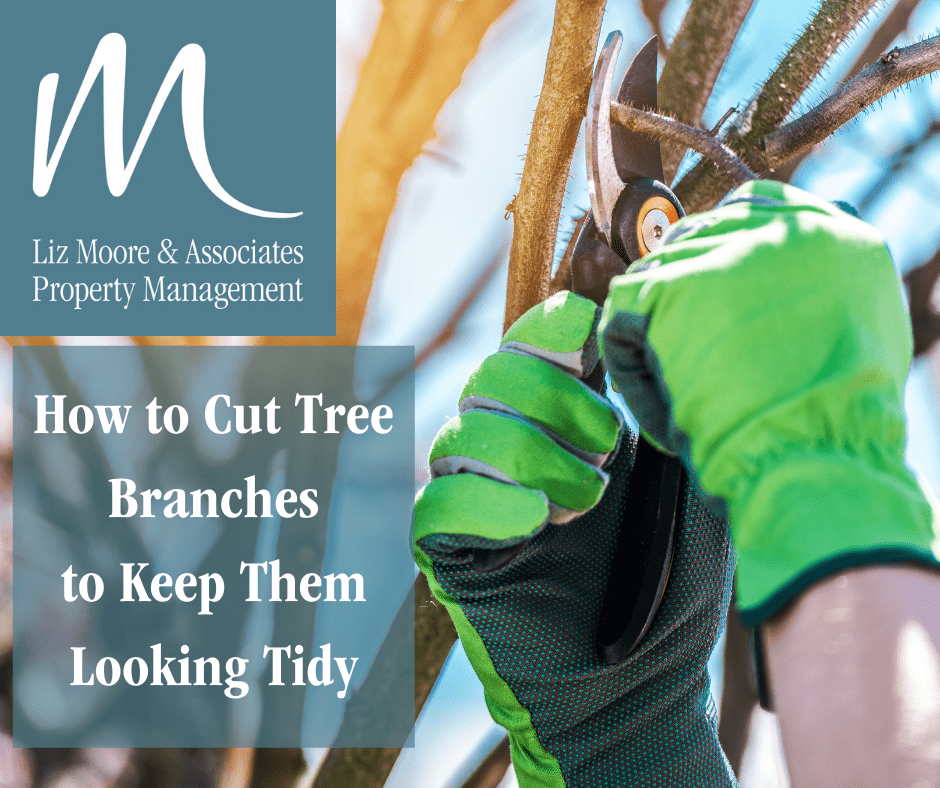Tree trimming is important both for your home's safety and the health of your trees. Using the best techniques at the right time of year boosts the beauty and longevity of your trees.
When picking up a pruning saw and looking at a tree in need of trimming, a number of questions may run through your head.
- Which branches should I cut?
- Is it the right time to prune?
- What if I remove too many branches?
Answering all your questions will give you the confidence to prolong the health and beauty of your trees. Proper pruning techniques are part art AND part science. This blog is to help you channel both these aspects and have this be an easy process. Follow these tips for safe and effective pruning.
Safety First!
Approach every pruning situation by assessing if you need a professional. Some things are best left to the experts. Leave the more complicated tasks to the arborist professionals who have both the equipment and advanced training needed to handle intense pruning tasks, such as trimming near power lines, removing large dead or dangling branches, and removing large branches close to buildings or your home.
When is the best time to prune?
There are different windows for "The best time to prune" for different trees.
- Deciduous Trees: (Spruces, Furs, and Pines) are best to prune in late fall and early winter.
- Maple Trees: Avoid pruning Maple trees during "maple sugar time" (January through early March) this is when you could get sap on your pruning tools which can lead to a big mess.
- Oak, Cedar, Beach, and Myrtle: Trim in early spring, between March and May.
Pro Tip: After the first week of May is when the beetle season starts, this can make pruning difficult. Cut off any dead or diseased branches as soon as you notice them. Waiting could lead to it spreading and killing the tree. When pruning diseased branches, dip the pruning blade in a 10 percent bleach solution between each cut to avoid spreading the disease.
Now that you know the basics I hope this helps you tend to your trees both in the spring and winter. Happy Pruning!

